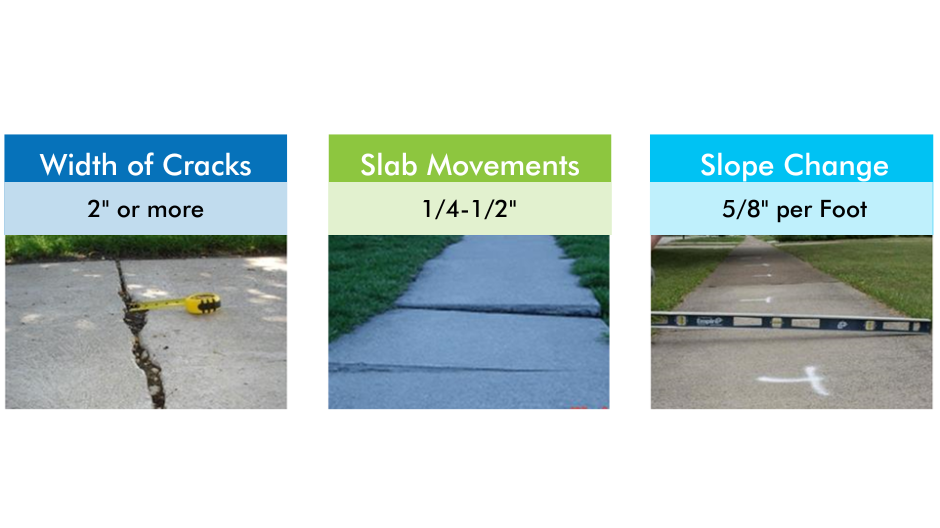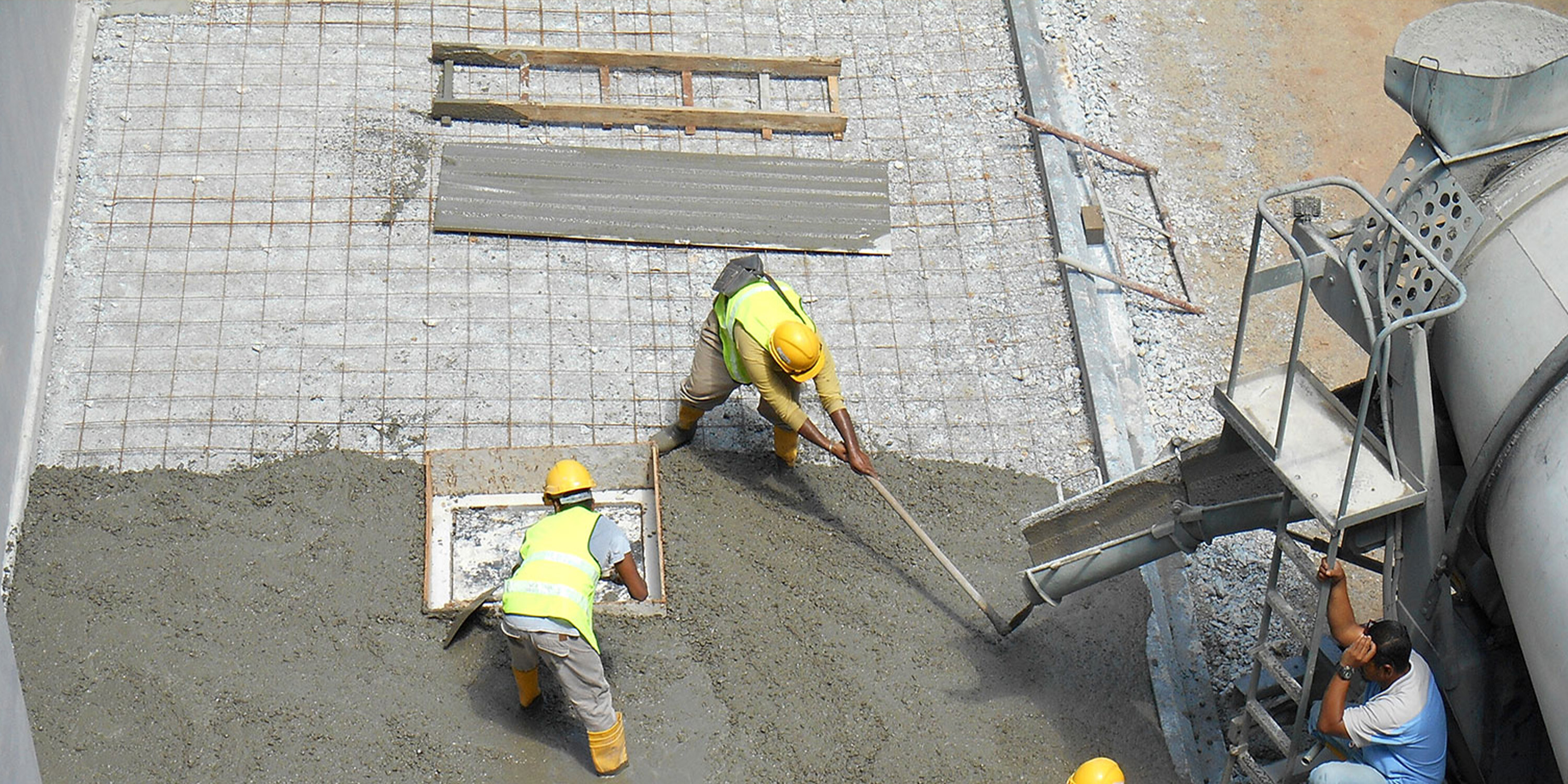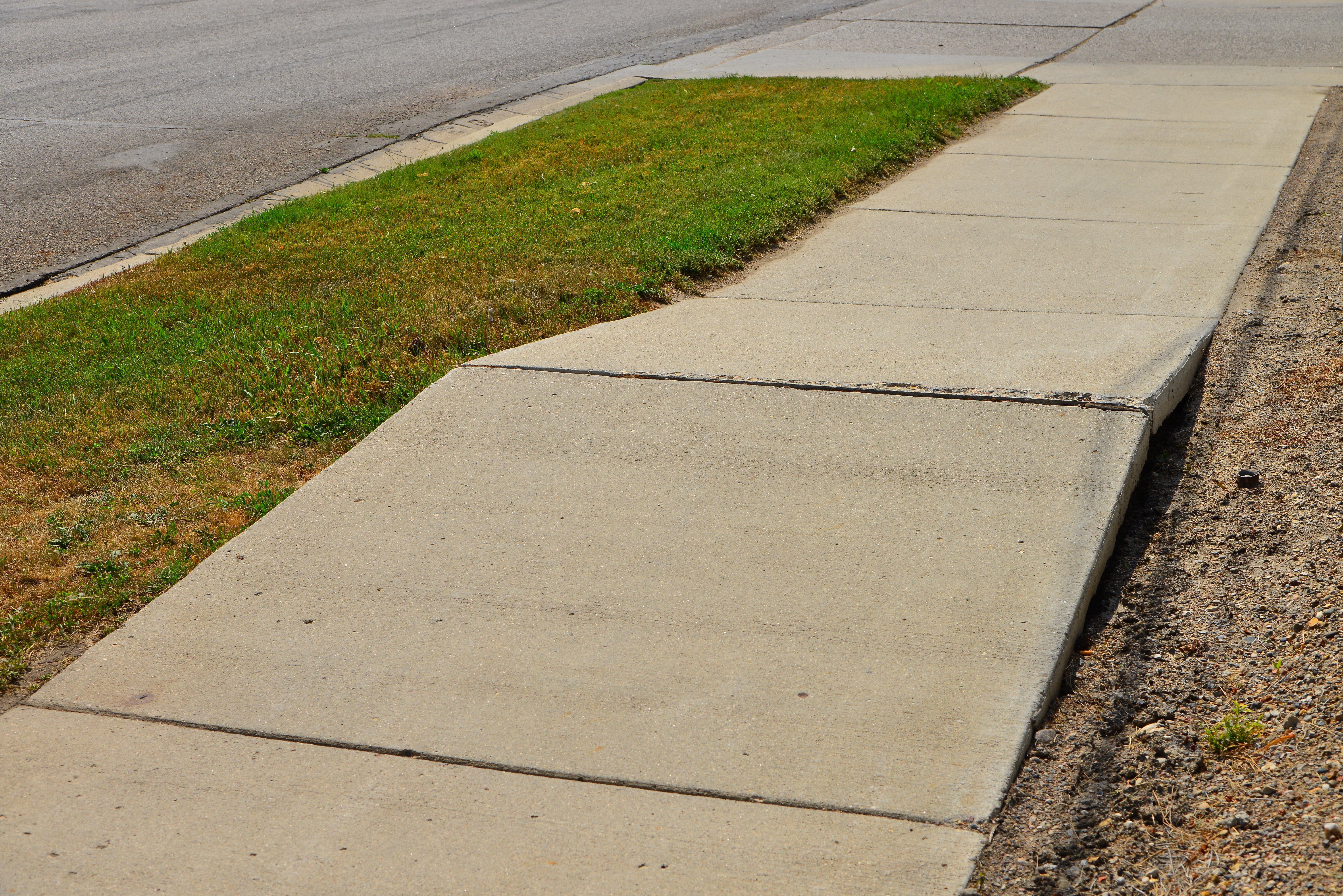Facility Maintenance | May 3, 2023
Questions you Should Be Asking Facility Managers About Your Pavement
Why It Matters
Asking the right questions is essential to the proper maintenance of your facility. By staying on top of asphalt and concrete pavement maintenance, understanding the life cycles of each pavement area, and keeping an eye out for potential safety hazards, you can ensure that your facility is in good condition and meets the needs of those who use it. A pavement tech-enabled pavement consultant can help facility managers catalog answers to these questions so your organization can take action.
The Full Story
Facility managers have a responsibility to ensure that the facilities under their purview are performing well and meet the needs of those who use them. This involves a multitude of tasks from routine maintenance to major repairs and upgrades for myriad building systems. To effectively stay on top of these tasks requires asking the right questions. This blog contains important questions you should be asking your facility managers and some ideas on how to help them know the answers.
Asphalt and Concrete Pavement:
Asphalt paved parking lots and access roads have a lot of components. They are also a lot of responsibility from safety to aesthetics, to litigation risk.
These questions will help you and your Facility Manager begin to paint a picture of any problems and their resolutions at your facility:
- How old is the pavement?
- What is the thickness of the asphalt/concrete?
- What is the thickness of the base?
- What is the maintenance history of the pavement?
- Are there any draining issues that need to be fixed?
- Are there any trouble areas that need to be fixed?
- Have you had a consultant inspect the pavement and devise repairs for problem areas?
- How is the pavement holding up in the dumpster area or the route the trash truck drives?
- Are the drive-up areas paved with concrete pavement?
Concrete sidewalks:
In the case of sidewalks at your facility, safety is paramount. It’s important to know the answers to these questions:
- Is the facility ADA accessible?
- Is there deicer damage on your concrete surfaces?
- What type of deicers are you using?
- Are there trip hazards like those below?

Concrete structures and surfaces are subject to wear and tear from weathering, chemicals, and daily use. Furthermore, regulations around chemical use are always evolving. For example, you may need to change the type of deicer you’re using based on new regulations from your facility’s jurisdiction.
If left unchecked, small cracks and defects in the concrete can grow over time leading to bigger problems and costly repairs. Regular maintenance can help extend the life of concrete surfaces to improve, improve their appearance and ensure their safety and functionality.
Additionally, proper maintenance can also prevent potential liabilities issues that may arise from damaged or poorly maintained concrete surfaces. Of course, it’s helpful to have accurate, up-to-date lists of each facility and pavement section with the date paved, the thickness of the asphalt and base, and any work history. This can help you plan and budget for future repairs and upgrades.
Other Issues
Ask your facility managers about any other issues that need to be addressed. This could include utility issues that need to be fixed before pavement repairs, upgrades like installing charging systems, or ADA fixes that are needed.
Life Safety Issues
Finally, but most importantly, the safety of the people who use your facilities should always be your top priority. When talking to your facility managers, ask them about any potential life safety issues that need to be addressed. This can include things like potholes, heaving, or other trip hazards.
How to Help Facility Managers Answer These Questions
Leveraging technology to help facility managers store and access these kinds of data points can save time, avoid miscommunication, and better inform your budget forecasting discussions.
A platform like Mantis Perform, captures and stores vital pavement assessment data and makes it available across your organization on demand, even geolocated Life Safety Issues (LSI). If your pavement assessments are being done regularly, your data is up-to-date and will give you the best chance at an accurate budget and the lowest total cost of ownership.
By better understanding what issues may exist at your facilities, you can begin to prioritize corrective actions to preserve and improve the performance of your pavements.
Related Posts
Discover more content and insights from Mantis Innovation

How Your Pavement Can Reduce Trip, Fall, & Slip Claims
This is the third and final installment in a series of pavement-related pieces that can keep Facilities Management on top of seasonal concerns with asphalt and concrete. While building owners and

Concrete Curing 101: Understanding a Critical Step in Your Pavement Projects
This is the second in a series of pavement-related pieces that can keep Facilities Management on top of seasonal concerns with asphalt and concrete. While building owners and operators are

The Heat is On: Strategies for Concrete Pavement Longevity Amid Extreme Weather
This is the first in a series of pavement-related pieces that can keep Facilities Management on top of seasonal concerns with asphalt and concrete. For many building owners and operators, pavement

Oh, Hail No: Roofing Tips for Severe Weather Season
Even a minor hailstorm can compromise your commercial roof’s integrity, making it essential to conduct a thorough inspection after any such event. According to the National Oceanic and Atmospheric